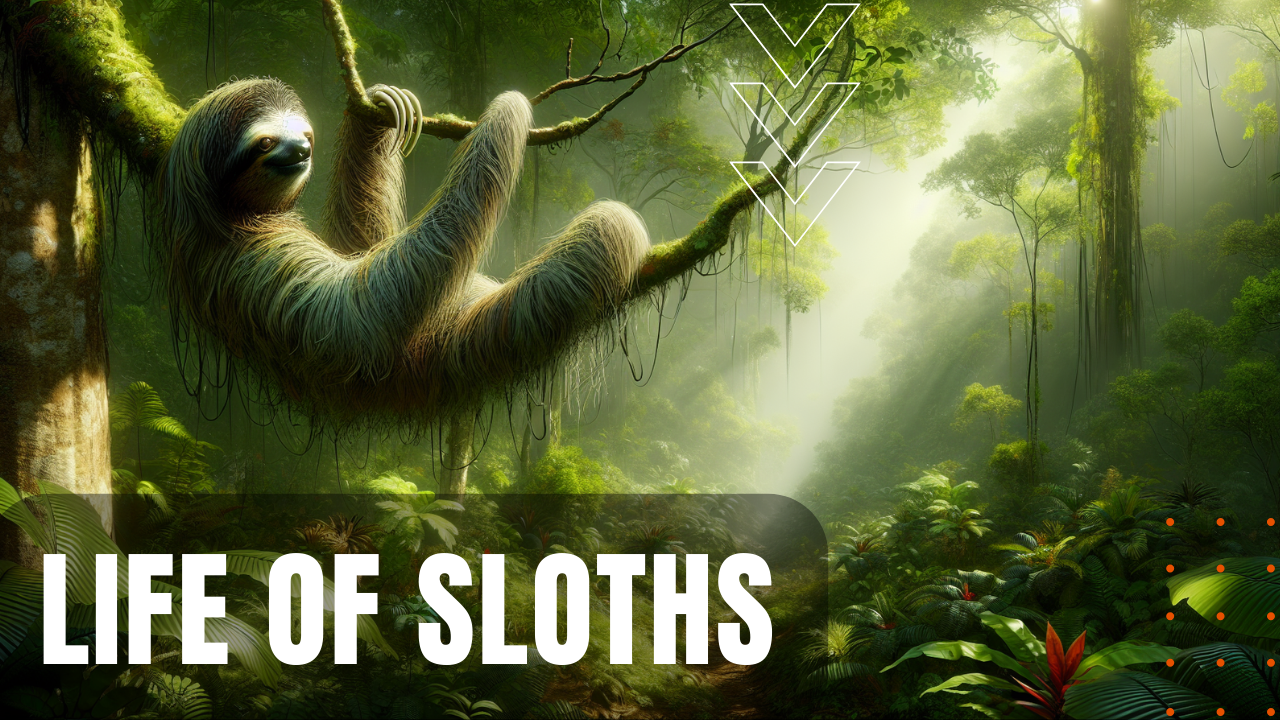The Life of Sloths

Sloths are tropical mammals that inhabit the rain, cloud and mangrove forests of Central and South America, and while they don’t regulate their body temperature like most warm-blooded animals, sloths are known as Poikilotherms, who regulate body temperature much like reptiles, by seeking out warm or cool places dependent upon the temperature. About the size of a small dog or a large cat, adult sloths average eighteen inches in length and weigh an average eight to ten pounds, although the North American sloth—long extinct some 10,000 years ago—was as large as an elephant. With a lifespan of 20 to 30 years, sloths are considered the slowest moving mammal of the animal kingdom, climbing only six to eight feet per minute in their tree-based natural habitat.
Six Species
Of the six species of sloths, including two and three-toed sloths, their incredible slowness on the ground make them vulnerable targets for predators, however, once they reach the safety of trees, their incredibly strong, pincer-like claws make them nearly impossible for predators to disengage them from branches. Sloths have also been known to hang from trees even after death, while living sloths sleep for long intervals curled up in the fork of tree branches, or even hanging by their claws while fully asleep. Despite their slowness on the ground and in trees, sloths are remarkably fast swimmers on the rare occasions when they descend to the ground, mainly to mate, scope out a new territory or defecate on an average once a week basis. Known as solitary creatures except during mating season, courting begins when a female yells a shrill, letting males in the area know she’s ready.
Reproduction
Mating habits and gestation times vary by species, including the three-toed sloth that typically breeds during late summer and early fall, before giving birth early the next year, while two-toed sloth species reproduce year-round, with gestation periods ranging from five to six months, to 11.5 months in the case of the pale-throated sloth. Females give birth to one baby at a time, which stay with their mothers up to two to four years dependent upon the species. Another differentiating feature is their diet, where two-toed sloths are omnivorous with a diet of fruits, leaves, insects and small lizards, while three-toed sloths, on the other hand, are almost entirely herbivorous, making the life of sloths, a zoologic study in slow motion.
